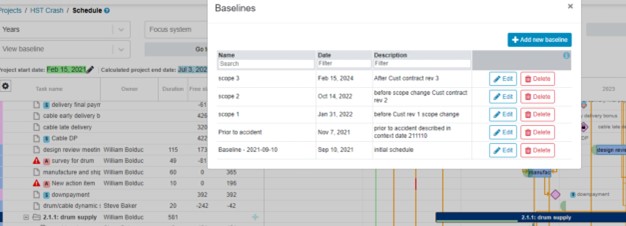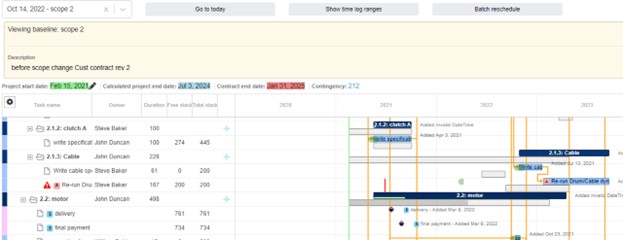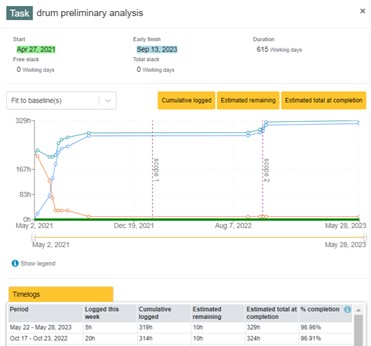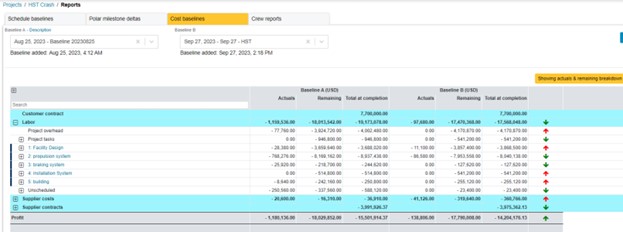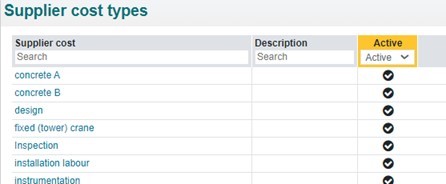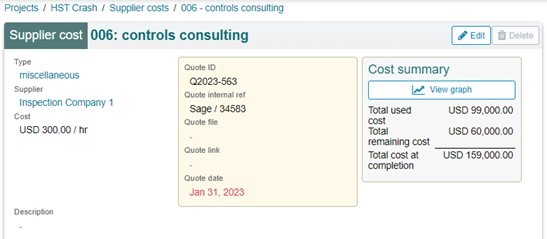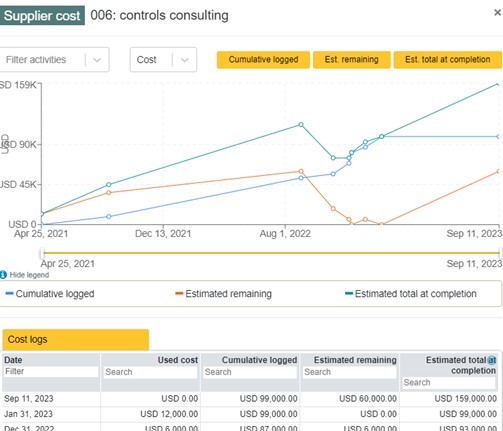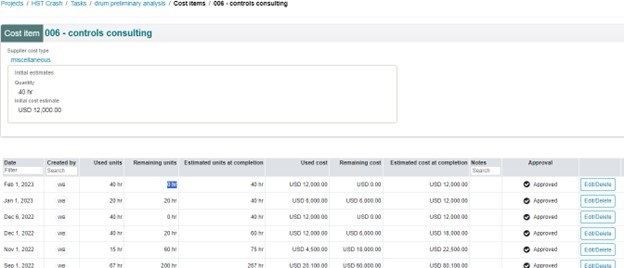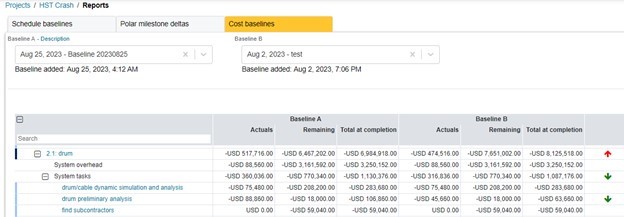Accomplished project managers understand the challenges that come with turnkey projects, especially when a significant part of your success hinges on the performance of external suppliers. In such scenarios, ensuring trust and verifying performance become paramount. In this article, we will explore a practical approach to managing supplier tasks seamlessly within your project using ProjectContexts.
Minimizing Supplier Performance Risks
Imagine having a contract with a supplier, outlining detailed performance requirements crucial for project milestones. However, you lack direct control over their execution. The question arises: How can you minimize the risk of non-performance and ensure trust and verification?
Introducing Supplier Tasks in ProjectContexts
In ProjectContexts, project managers can strategically integrate Supplier tasks into the project schedule. These tasks act as leading indicators of supplier performance and can be based on contractual conditions or Supplier reporting, including “shop visits” and other relevant measures. The brilliance lies in assigning task ownership to members within the project team, empowering them to monitor and report on each crucial aspect.
Understanding Supplier Tasks
Figure 1: Supplier Tasks Designation

Designated tasks are integrated seamlessly within the project schedule.
Figure 2: Supplier Tasks in Action
Supplier tasks behave like any other task, ensuring a cohesive project management approach.

Figure 3 & 4: Filtered Schedule for Supplier Tasks
Easily filter or highlight your schedule to focus specifically on Supplier tasks, enhancing visibility and control.



The Power of Supplier Task Integration
By incorporating Supplier tasks into your project management framework, you proactively manage the risks associated with supplier performance. These tasks serve as early warning signs, allowing you to take corrective actions promptly and maintain project momentum.
Take Control with ProjectContexts: Start Your Free Trial Today
Empower your project management journey with ProjectContexts. Seamlessly integrate and monitor Supplier tasks, enhance visibility, and mitigate risks effectively. Sign up for our free trial today and experience firsthand how ProjectContexts can elevate your project management prowess.
Sign Up for ProjectContexts Free Trial
In conclusion, managing supplier performance is a delicate balance. ProjectContexts offers a solution that not only minimizes risks but also enhances your ability to trust and verify supplier contributions. Embrace the power of seamless integration and proactive monitoring with ProjectContexts – where project success meets advanced project management.













